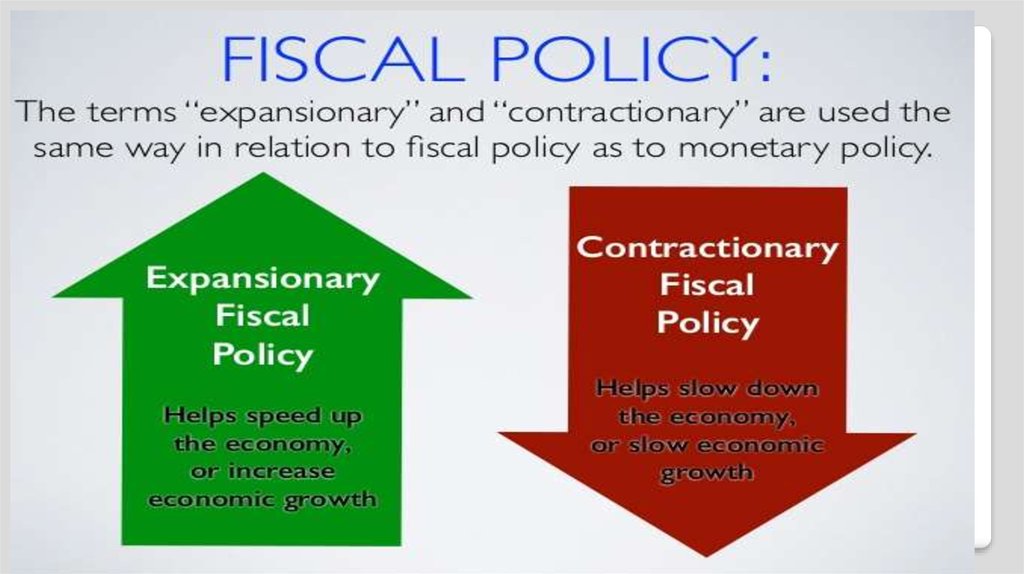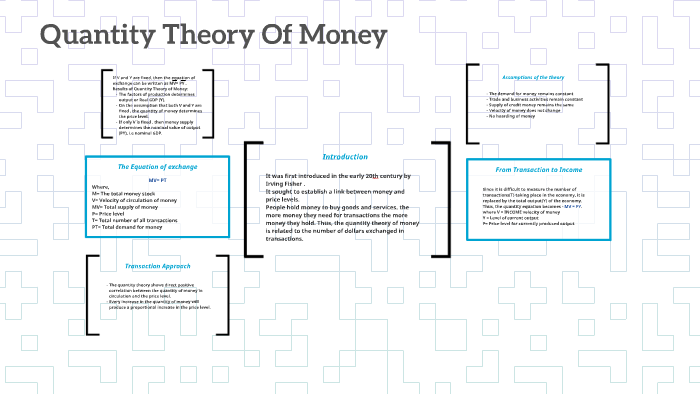Contents:

Other commonly used names for salvage value are “disposal value,” “residual value,” and “scrap value.” Net salvage value is salvage value minus any removal costs. Imagine a situation where a company acquires a fleet of company vehicles. The company pays $250,000 for eight commuter vans it will use to deliver goods across town. If the company estimates that the entire fleet would be worthless at the end of its useful life, the salve value would be $0, and the company would depreciate the full $250,000. Companies may depreciate their assets fully to $0 because the salvage value is so minimal.

The declining balance method provides greater deductions in the initial years of the asset’s life and less in the later years of use. There are two main depreciation systems that taxpayers may use to depreciate property under MACRS depreciation – the Alternative Depreciation System and the General Depreciation System . The system selected will determine the recovery period and depreciation method to use.
Benefits of using Depreciation Formula Calculator
It is based on the value a company expects to receive from the sale of the asset at the end of its useful life. In some cases, salvage value may just be a value the company believes it can obtain by selling a depreciated, inoperable asset for parts. Any cash flow within 12 months will not be discounted for NPV purpose, nevertheless the usual initial investments during the first year R0 are summed up a negative cash flow. The MACRS tax depreciation system was intended to encourage investors to invest in depreciable assets by allowing large tax savings in the initial years of the asset’s life. Taxpayers can apply MACRS depreciation to various asset classes such as automobiles, office furniture, construction machinery, farm buildings, fences, computing equipment, etc.
If your business is still young and hasn’t sold any equipment yet, our article on when a company should sell used machinery might be helpful to read as well. As a business owner, you’re often tasked with getting rid of old equipment. It’s an inevitable process that will happen at some point in your company’s lifespan.
Company
Therefore, the DDB method would record depreciation expenses at (20% x 2) or 40% of the remaining depreciable amount per year. An asset’s depreciable amount is its total accumulated depreciation after all depreciation expense has been recorded, which is also the result of historical cost minus salvage value. Using variable rates over time, or discounting “guaranteed” cash flows differently from “at risk” cash flows, may be a superior methodology but is seldom used in practice. Using the discount rate to adjust for risk is often difficult to do in practice and is difficult to do well. An alternative to using discount factor to adjust for risk is to explicitly correct the cash flows for the risk elements using rNPV or a similar method, then discount at the firm’s rate. In the case when all future cash flows are positive, or incoming the only outflow of cash is the purchase price, the NPV is simply the PV of future cash flows minus the purchase price .
When a company purchases an asset, first, it calculates the salvage value of the asset. After that, this value is deducted from the total cost of the assets, and then the depreciation is charged on the remaining amount. At this point, the company has all the information it needs to calculate each year’s depreciation. It equals total depreciation ($45,000) divided by useful life , or $3,000 per year. This is the most the company can claim as depreciation for tax and sale purposes.
To summarize, it is the value of an asset after its usefulness is over. It can be calculated if we can determine the depreciation rate and the useful life. For tax purposes, the depreciation is calculated in the US by assuming the scrap value as zero. When calculating depreciation, an asset’s salvage value is subtracted from its initial cost to determine total depreciation over the asset’s useful life. From there, accountants have several options to calculate each year’s depreciation. If it reaches this value before its final year, the asset’s book value will remain at salvage value there until it is sold, when its value will drop to $0.
What if the Salvage Value of any Asset is Zero?
At the end of the 12 years the product no longer provides any how to calculate overtime pay flow and is discontinued without any additional costs. Another approach to choosing the discount rate factor is to decide the rate which the capital needed for the project could return if invested in an alternative venture. Related to this concept is to use the firm’s reinvestment rate. Re-investment rate can be defined as the rate of return for the firm’s investments on average. It reflects opportunity cost of investment, rather than the possibly lower cost of capital. A firm’s weighted average cost of capital is often used, but many people believe that it is appropriate to use higher discount rates to adjust for risk, opportunity cost, or other factors.
For example, if a construction https://1investing.in/ can sell an inoperable crane for parts at a price of $5,000, that is the crane’s salvage value. If the same crane initially cost the company $50,000, then the total amount depreciated over its useful life is $45,000. The salvage value is the estimated value at the end of the useful life of an asset. It is deducted from the total cost to calculate the depreciation on the assets. The higher the residual value lower will be the depreciation charged per year.
- The salvage value of an asset directly affects depreciation accounting.
- Also, keep in mind that different states have different sales tax rates – the above example assumes a 4% state sales tax rate.
- Because of its simplicity, NPV is a useful tool to determine whether a project or investment will result in a net profit or a loss.
- Total fixed assets and retained earnings would be understated on the balance sheet.
The company estimates that the computer’s useful life is 4 years. This means that the computer will be used by Company A for 4 years and then sold afterward. The company also estimates that they would be able to sell the computer at a salvage value of $200 at the end of 4 years. Total fixed assets and retained earnings would be understated on the balance sheet. For our example scenario, we’ll assume a company spent $1 million purchasing machinery and tools.
Depreciation measures an asset’s gradual loss of value over its useful life, measuring how much of the asset’s initial value has eroded over time. What is the year 1 end-of-year book value for a piece of farm equipment that cost $45,000, with a salvage value of $8,000 at the end of 6 years? Use the sum-of-the-years’-digits method to calculate your answer. In some cases, the machine becomes operational before the expected tenure, so the salvage value becomes Nil in those kinds of situations. Before buying a machine, any manufacturer prepares its budget which includes the effective life, number of units it can produce, working life, installation costs, cost of replacement etc.
For some professional investors, their investment funds are committed to target a specified rate of return. In such cases, that rate of return should be selected as the discount rate for the NPV calculation. In this way, a direct comparison can be made between the profitability of the project and the desired rate of return. Operating leverage is the degree of dependence a company places on its _________. The cash flow tax savings generated as a result of a firm’s tax-deductible depreciation expense is called the ________. In accounting, deprecation is a deductible expense, which is derived from the purchase of fixed assets.
Salvage value will influence the total depreciable amount a company uses in its depreciation schedule. The salvage value of an asset is based on what a company expects to receive in exchange for selling or parting out the asset at the end of its useful life. You can use it easily to determine the depreciation rate and deduction amounts. Enter the number of years of the asset’s useful life in the “Number of Years” box.
Salvage Value Meaning and Example – Investopedia
Salvage Value Meaning and Example.
Posted: Mon, 20 Feb 2023 08:00:00 GMT [source]
Let’s say the company assumes each vehicle will have a salvage value of $5,000. This means that of the $250,000 the company paid, the company expects to recover $40,000 at the end of the useful life. There may be a little nuisance as scrap value may assume the good is not being sold but instead being converted to a raw material. For example, a company may decide it wants to just scrap a company fleet vehicle for $1,000.
Next, one needs to determine the useful life of the asset for which asset will generate future economic benefits to the entity. Salvage value is the estimated book value of an asset after depreciation. It is an important component in the calculation of a depreciation schedule. Equipment cost $24,000 Useful Life 5 years Residual value $2,000 Calculate the double-declining rate to depreciate the equipment.

An estimated salvage value can be determined for any asset that a company will be depreciating on its books over time. Every company will have its own standards for estimating salvage value. Some companies may choose to always depreciate an asset to $0 because its salvage value is so minimal. In general, the salvage value is important because it will be the carrying value of the asset on a company’s books after depreciation has been fully expensed.

No comment yet, add your voice below!